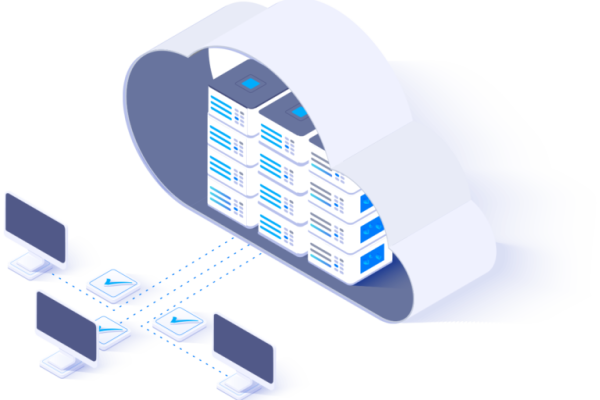


The Internet of Things (IoT) is a rapidly growing field that promises to revolutionize the way we interact with technology and the world around us. If you’re new to IoT and want to explore its potential, this beginner’s guide will help you get started on your IoT journey.
Remember, IoT is a vast and evolving field, so continuous learning and adaptation are key. Embrace the iterative nature of IoT projects, and don’t be afraid to experiment and learn from your experiences. By following this beginner’s guide, you’ll be on your way to unlocking the potential of IoT and exploring the exciting possibilities it offers.